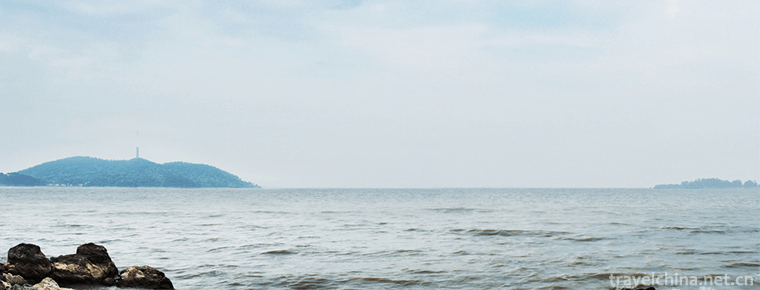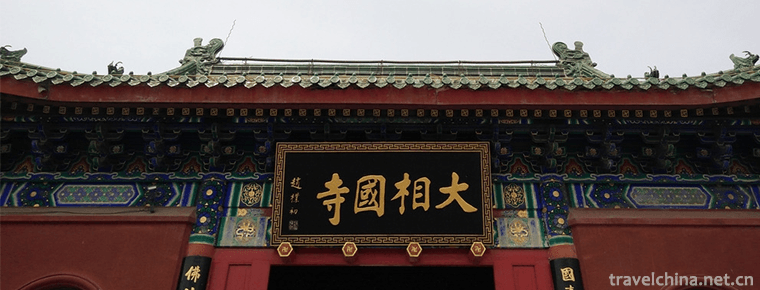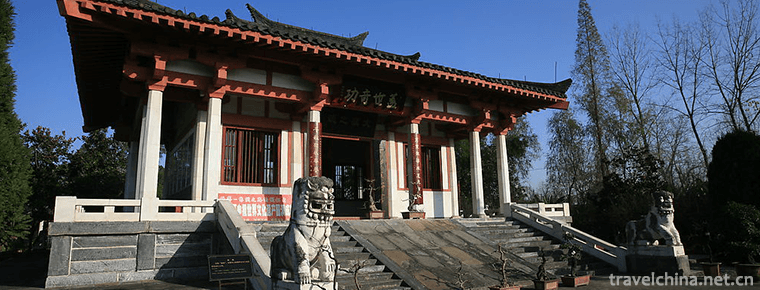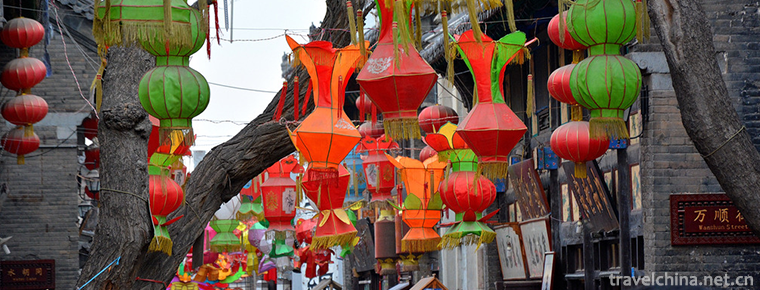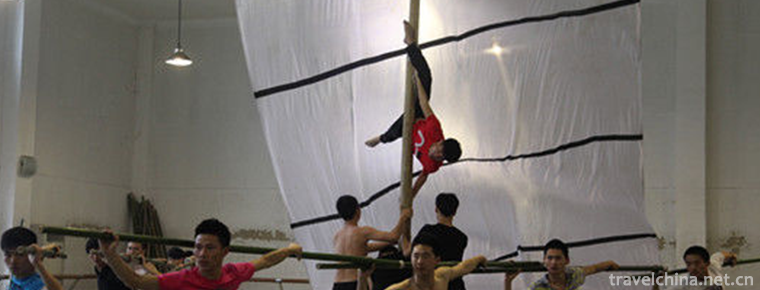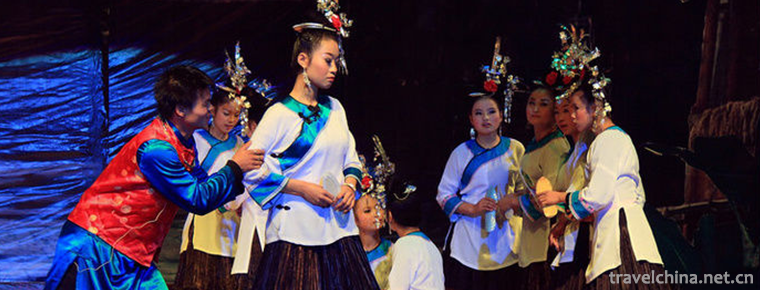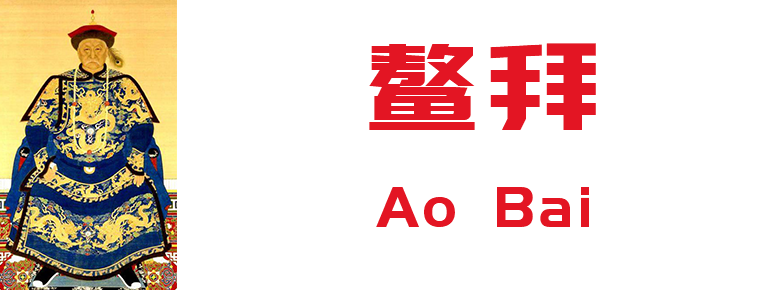Exhibition hall of taipingdu in Chishui
Red Army four ferry Chishui taipingdu exhibition hall
Gulin Taiping ferry, located in Taiping town at the intersection of the upper reaches of Chishui River and Gulin River, is the most important ferry for the Red Army to cross Chishui on the Long March, with an area of about 1.5 square kilometers. The residential buildings of the Qing Dynasty in the ancient streets of the town are well preserved, one after another, full of the flavor of ancient simplicity. During the battle of Sidu Chishui, all the Central Red Army organs were stationed in the town. Therefore, all the ancient buildings are important relics and ruins of the long march of the Red Army. At the foot of Dalou mountain and the river of Chishui, on the long march street of Taiping Town, Gulin County, Luzhou City, Sichuan Province, a three storey building with small green tiles is particularly attractive. This is the exhibition hall of taipingdu in Chishui, the fourth crossing of the Red Army.
In December 2016, the Red Army Sidu taipingdu exhibition hall was selected into the list of national red tourist attractions.
summary
The battle of crossing Chishui four times is the turning point of the Red Army from passivity to initiative and from failure to victory in the strategic transfer. It is also a vivid embodiment of Mao Zedong's use of war as a God. In order to remember the sacrifice of the Red Army, educate future generations not to forget that today's happy life is the historical fact that the blood and life of martyrs were exchanged for, and the will of the martyrs was inherited. Gulin County, Sichuan Province, set up the exhibition hall of the Red Army's four crossing of Chishui in Taiping Town, the main battlefield of Sidu Chishui, Sichuan Province, which reappears the brilliant achievements of the Red Army's four crossing Chishui.
status
Taipingdu is the axis area and important ferry of "four crossing Chishui". The second and fourth crossing of Chishui River took place here, and nearly ten battles were carried out. There is an exhibition hall of the Red Army crossing Chishui on the fourth long march in the town. There is Comrade Mao Zedong's former residence in the museum. In the exhibition hall of the Red Army's four crossing of Chishui, more than 200 pieces of ammunition, weapons and daily necessities left by the Red Army are displayed in the exhibition hall of taipingdu in Chishui, which shows the history of gold, silver, iron and horse of that year to visitors from all directions.
history
In the spring of 1935, after the Zunyi Meeting, the Central Red Army skillfully revolved with the enemy and turned to fight in the high mountains and valleys of Sichuan, Guizhou and Yunnan with flexible strategies and tactics. From January 28 to March 22 of that year, the Red Army crossed the Chishui River four times and got rid of the encirclement and interception of hundreds of thousands of Kuomintang troops, completely reversed the passive situation in strategic transfer and laid the foundation for the victory of the long march. During this period, the Central Red Army had three times in and out of Gulin County, lasting 54 days, covering most of the towns.
After the founding of new China, in order to commemorate the great victory of the long march and carry forward the spirit of the Red Army, in 1958, with the approval of the people's Government of Sichuan Province, Taiping town built the exhibition hall of taipingdu, Chishui, where the Red Army of workers and peasants crossed four times. In nearly half a century, taipingdu exhibition hall has received more than 200000 visitors from home and abroad.
Cultural Relic
"If you lose your life, you will lose your life if you lose it." this is an oath written on the top secret number spectrum. Xie Jincheng, commander in chief of the Red Army, was originally kept by the Red Army. Xie Jincheng was injured and left behind when he crossed Chishui four times. Before handing the number spectrum to the superior, he kept it in secret. It was not until after liberation that the number spectrum composed of password and staff number was handed over to the local government. Now its original is kept in the Chinese Military Museum.
The pot made during the cooperation between the Kuomintang and the Communist Party was made when the Red Army was stationed in Gulin on February 10, 1935 on the way back to the east from Zhaxi. In order to thank the second division of Nun Wu, the Red Army gave her this pot for boiling water. The second division of Wu sent it to Xia Chuanrong, his dry daughter, and repeatedly praised the discipline of the Red Army. Xia Chuanrong carefully preserved this "Red Army basin". On the wall of the basin there are words such as "holding my heart, fighting with Kou, splashing hot blood, and painting me to shoot the blade".
Status quo
In October 1996, the conference of Luzhou Municipal People's government to commemorate the 60th anniversary of the victory of the Red Army's long march was held in the taipingdu exhibition hall. The solemn oath of "inheriting the spirit of the long march and making new contributions to the construction of the hometown" issued by thousands of Party members echoed across the Chishui River. In the same year, Gulin TV station, Guizhou Renhuai TV station and other units jointly held the activity of "seeking visit from southern Sichuan and Qianbei University". Journalists visited the footprints of the Red Army, compared the changes in the old areas of the past and the present, and used words, pictures, television and other forms to educate people about the revolutionary tradition and publicize the earth shaking changes in the land the Red Army has passed through. The taipingdu exhibition hall is also rated as one of the ten symbolic projects of spiritual civilization in Sichuan Province. It is ready to increase investment and further play its important role as a patriotic education base.
Since the establishment of the museum, there has been only one commentator due to limited funds and shortage of staff. The only staff member and the people around him tried their best to look forward to the holy land with their painstaking efforts and sweat. They told the history and spread the Red Army's long march spirit of fearing hardship and sacrifice.
In the past 10 years, Xiao Xuemei, who is an announcer and cleaner of the exhibition hall, has held solemn ceremonies of joining the league, joining the party and adults in front of the exhibition hall, together with schools and units in Luzhou City and Yunnan, Guizhou and other provinces. Many young people began a new life with Xiao Xuemei's explanation and the story of the Red Army. In order to give visitors a detailed understanding of the magical history of the Chinese revolution, Xiao Xuemei has hardly spent a complete holiday. Whether visitors knock at the door at night or visit before the festival, whether there is only one visitor or a group of hundreds of people, Xiao Xuemei will patiently and carefully explain. Over the years, she has explained and talked to many people for many times. Even Xiao Xuemei herself can't tell clearly, but she has never been tired of this kind of repeated work. Some people don't understand. Xiao Xuemei always smiles and says, "if you stand on this red holy land every day, you will also have the desire to pass on the spirit of the long march from generation to generation."
The exhibition hall is located in Changzheng street, where there are more than 80 residences where the Red Army briefly stayed. In this glorious old street, as long as the older people are fond of talking about the history of that year, almost all of them are volunteer commentators of the taipingdu exhibition hall. Among them, old Feng Kaizhu, who witnessed the Red Army crossing Chishui four times, is a faithful disseminator of the spirit of the long march.
When the reporter went to taipingdu exhibition hall on June 11, 78 year old Feng Kaizhu was giving patriotism lessons before graduation to the sixth grade students of Taipingzhen Central Primary School. "When the Red Army crossed Chishui for the second time, they used to live in my home. After staying in the main room for one night, I took the initiative to clean up the next morning. " Dozens of primary school students gathered around granddad Feng and were fascinated. The old man said that when the Red Army first arrived in town, many ordinary people were scared to hide. After seeing the Red Army, their family found that this team is really a good force to protect the people. At the age of 12, Feng Kaizhu told people stories about how the Red Army taught him to read and write slogans. When the Red Army crossed Chishui for the fourth time, the masses in the town never ran away again, and they enthusiastically provided housing and food for the Red Army. Over the past few decades, the old man not only talked about the situation in schools, organs and troops, but also took the initiative to explain the "spirit of the long march" with what he saw and heard.
When these enthusiastic "commentators" spread the story of the Red Army to people from all over the world in language, their actions also constantly cleaned people's hearts, and "the spirit of the long march" is constantly transmitted and continued in people's hearts. In 1998, when employees of Luzhou Agricultural Bank and Gulin county planning and Economic Commission visited taipingdu exhibition hall, they heard that it was very difficult for primary school students nearby to go to school. Dozens of people immediately decided to carry out poverty alleviation activities in front of the exhibition hall for zouma primary school and huangjiagou primary school.
Some businessmen from Shenzhen and Wenzhou came to Gulin for investment and negotiation. After visiting the taipingdu exhibition hall, they returned to the county and decided to invest their funds in the old area. "Seeing that the spirit of the Long March can be passed down from generation to generation, we are confident in the future here," they said

-
Portuguesestyle egg tarts
Portuguese egg tart, also known as Portuguese cream tower, caramel Mejit egg tart. Portuguese tart, known in Hong Kong, Macao and Guangdong, is a small cream pastry pie..
Views: 177 Time 2018-10-31 -
Nanshan Bamboo Sea Scenic Area
Tianmu Hunan Shanzhuhai Scenic Area is located in Liyang, Jiangsu Province, which is the junction of Jiangsu and Anhui Provinces. It is a national 5A scenic spot..
Views: 202 Time 2018-12-31 -
Chaohu Lake Scenic Area
Located in the middle of Anhui Province, Chaohu Lake is located in Hefei, Lianhuai Tongjiang River, 55 kilometers east-west, 22 kilometers South-North wide. Its perennial water area is about 760 squar.
Views: 182 Time 2019-01-05 -
The daxiangguo Temple
Daxiangguo Temple, formerly known as Jianguo Temple, is located in the western section of Kaifeng Freedom Road. It is a famous Buddhist temple in China. It was founded in Tianbao, Northern Qi Dynasty.
Views: 205 Time 2019-01-07 -
Weihai Dingxiang Ecotourism Resort
Panjin Dingxiang Ecotourism Resort is located in the western suburb of Panjin City. The tourist area is mainly composed of Taiping River scenic belt, Bird Paradise Scenic.
Views: 500 Time 2019-02-22 -
Tomb of Zhang Qian
Zhang Qian's tomb was the tomb of Zhang Qian, an outstanding diplomat, explorer and pioneer of the Silk Road in the Western Han Dynasty. In the third year of Emperor Yuanding of Han Dynasty (114 years.
Views: 241 Time 2019-03-16 -
Zhoucun Ancient Mall
Zhoucun Ancient Mall, also known as Street, is located in Zhoucun District, Zibo City, Shandong Province. The main road of Shandong Province, Jiqing Expressway.
Views: 113 Time 2019-03-20 -
Ha Ni Ha Ba
Ha Ni Ha Ba, an important part of Chinese Hani folk literature. Hani Haba, which means Hani ancient songs, is a popular and far-reaching folk song in Hani social life..
Views: 342 Time 2019-05-02 -
Lishui Shipmans Chant
Lishui Shipman's Chant is a unique work chant transformed from local minor. It is a kind of traditional folk music with strong rhythm, which reflects the hard life of the shipmen and the work scene in.
Views: 126 Time 2019-05-13 -
Zhulang Niangmei
Zhulang Niangmei is a work of Dong Opera in Guizhou Province. At the end of the Qing Dynasty, Liang Yaoting and Liang Shaohua, Dong opera masters in Congjiang County, Guizhou Province, adapted Dong dr.
Views: 140 Time 2019-08-10 -
Ao Bai
O Bai (about 1610) - 1669, Manchu: Oboi) Guwalgiya Manchuria is set in Huangqi banner. Mio Yuanhoon, Quan Chen, the son of Saul fruit of the tribal chieftain of the Qing Dynasty, the founding fathers .
Views: 235 Time 2019-09-11 -
Nanchong City honor
"Three products" strategy demonstration city of consumer goods industry, charming city with Chinese characteristics, national garden city and excellent tourism city in China.
Views: 291 Time 2020-12-17


